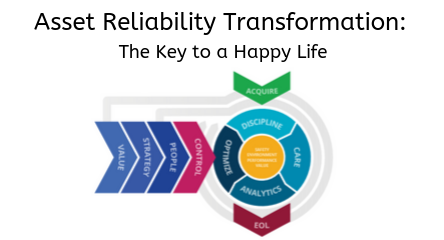Articles
With Great Power Comes Great Responsibility

Who’s to blame for each massacred tank?
‘Tis a problem—on that you can bank
For the things your men do
You’re responsible, too
It goes with the glories of rank.
There’s a lot going on in this image. It features a solemn Joe sitting on his bunk. You can see he’s in charge (an E-2, I believe) and had a particularly rough day that doesn’t seem to bother his buddy who’s sawing logs in the top bunk. The papers scattered around him give us a good idea of why his head is in his hands. The graph to his left shows the steady increase in the number of “Deadlined Vehicles”. I have to admit that I had to look up this term. To those who don’t know, in the Army (and maybe other military branches) vehicles are declared “Deadlined” if they are not fit for duty. This increasing trend is obviously a bad one for Joe. I can only guess that this increase is due to the fact that Joe has been less than diligent in his Preventive Maintenance completion. I can guess this by the fact that Joe’s been forced to write “P.M. is a command responsibility” over and over again.
The first line is the limerick is a interesting question; “Who’s to blame for each massacred tank?” It’s a question that most of us have asked at one time or another. Is it a fair question? Is anyone to blame for a failure? I think we’ve all heard about the danger of assigning blame in any fault finding investigation (e.g., Root Cause Failure Analysis). But, the difference between blame and responsibility is important.
Blame (whether blaming yourself or someone else) is resistance. For those familiar with Seth Godin’s philosophy, it’s your lizard brain taking over. More importantly, it’s a negative step in a failure investigation. When you blame someone you are telling them that they don’t have the power to make the right decision. You are taking the ability to do the right thing away from them and making them the victim. It’s the easy way out and has no upside. It just makes people feel bad, which is a HUGE demotivator and almost impossible to recover from.
Instead, as a reliability or maintenance leader take responsibility for the situation. Responsibility is acceptance. Acceptance allows you to accept what has happened, learn from your mistakes and move on. Allow yourself the opportunity to feel good after the investigation that the incident will not happen again, because everyone knows that they have the power to make the right choice and if they make a mistake they will not be blamed.
In the end, as the limerick states, the responsibility for the failure “goes with the glories of rank”. This has not changed in the 60 years since this was published. Don’t shy away from this gift. Embrace the opportunity to demonstrate to those around you that you have the ability to be responsible for things within your control.
Are there any instances where assigning blame is justified? Are there any positive aspects to assigning blame? Are there any negative aspects of accepting responsibility? Let me know your thoughts below. Thanks.





